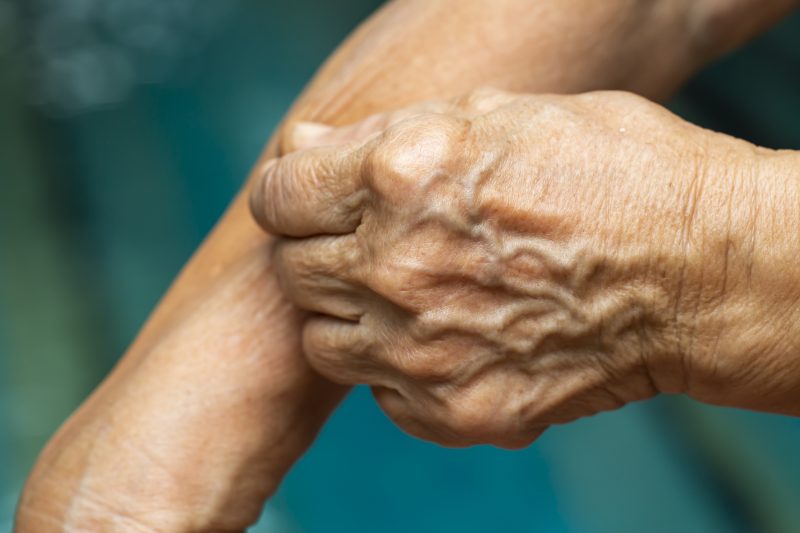(NEXSTAR) – Officials in coastal and lakeside municipalities in several parts of the country have issued alerts about “swimmer’s itch” in recent weeks, perhaps prompting a few would-be beachgoers to rethink their plans.
A sign spotted this month near a pond in Idaho, for instance, warned visitors to “swim at your own risk.”
“In some people the reaction may be hardly noticeable,” reads the sign. “Others have considerable pain, fever, severe itching and swelling.”
What is swimmer’s itch?
Swimmer’s itch, or cercarial dermatitis, is a skin condition caused by “microscopic parasites,” according to the Centers for Disease Control and Prevention (CDC). Humans generally come into contact with these parasites in bodies of freshwater or saltwater after the parasitic organisms are “released from infected snails,” the CDC says.
When the parasite penetrates human skin, it can cause an itchy, burning rash that develops into small reddish pimples or blisters — or “swimmer’s itch.”
Cases of cercarial dermatitis in humans may only become more severe with repeated exposure, too.
“Your sensitivity to swimmer’s itch can increase each time you’re exposed to the parasites that cause it,” the Mayo Clinic notes.
The parasites themselves — a species of flatworm larvae — won’t continue to mature once inside the skin, as humans are not the ideal host for the organisms. (The larvae need a more “definitive” host, like birds, which will allow them to produce eggs that are passed through the feces to snails, thus continuing their life cycles, according to the CDC’s Division of Parasitic Diseases and Malaria).
The itchy rash, however, can last for up to a week.
Can it be treated?
Cercarial dermatitis generally goes away on its own after about a week, but patients may find relief in lotions or creams — such as calamine lotion or corticosteroid cream — in the meantime. The CDC also recommends bathing in Epsom salts or colloidal oatmeal, and the Mayo Clinic suggests oral antihistamines. In severe cases, a doctor might also prescribe a stronger anti-itch medication.
The one thing healthcare professionals say not to do, if possible, is scratch.
“The rash should not be scratched since scratching may lead to bacterial infections,” reads a fact sheet from the California Health and Human Services Agency.
If possible, health officials recommend the public take steps to minimize their chances of catching swimmer’s itch in the first place.
For starters, the CDC and health agencies across the country urge swimmers to avoid “marshy” areas where snails or waterfowl are known to be. Drying off with a towel after coming out of the water (by “briskly” or “thoroughly rubbing,” according to some health agencies) can also remove any parasites attempting to burrow. Showering soon afterward can further wash away the larvae.
The skin condition crops up when water temperatures are at their peak — or “mainly during the summer months,” as Connecticut health officials put it — so those apprehensive about taking a dip could simply avoid warmer waters for a few weeks, too.
Above all, experts recommend heeding any alerts about swimmer’s itch from local health and environmental officials, as obvious as that may sound.
“Do not swim in areas where swimmer’s itch is a known problem or where signs have been posted warning of unsafe water,” the CDC simply states.
